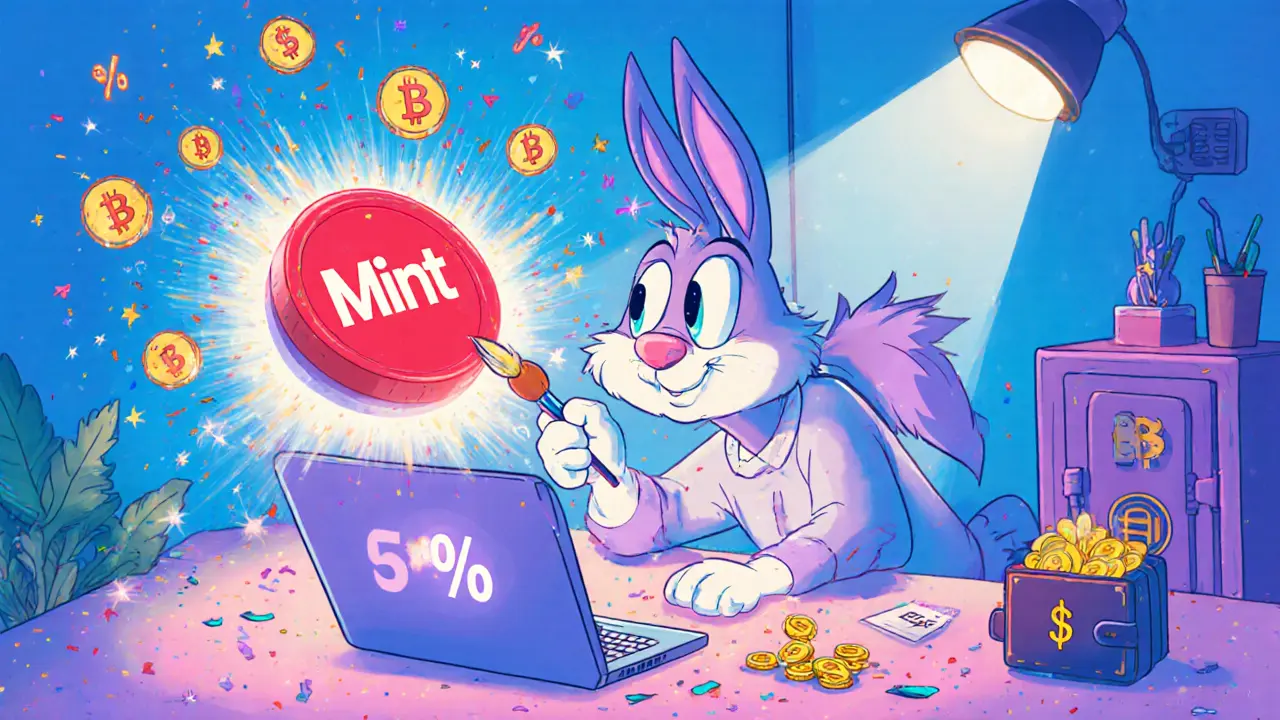NFT royalties
When working with NFT royalties, a built‑in fee that pays the original creator each time an NFT changes hands. Also known as royalty fees, it automatically triggers on secondary sales via the token’s smart contract. The system requires smart contracts to enforce the payout, smart contracts, self‑executing code on a blockchain that defines royalty percentages and recipient addresses. creators, artists, musicians, or developers who minted the original NFT set the royalty rate when they launch the token. marketplaces, platforms like OpenSea, Rarible, or Magic Eden that facilitate NFT trades read the contract data and route the royalty payment to the creator. In short, NFT royalties encompass royalty distribution mechanisms, require smart contract logic, and are influenced by marketplace compliance. This triple relationship keeps the creator’s income flowing even after the first sale.
Key concepts you’ll explore
Royalty distribution can happen on‑chain or off‑chain. On‑chain payouts use the token standard itself—most often ERC‑721, a non‑fungible token standard that includes an optional royalty field—or the newer ERC‑1155, a multi‑token standard that supports batch transfers and royalty metadata. These standards let the contract store a percentage (commonly 5‑10%) and the wallet address that should receive it. When a buyer purchases the NFT on a compliant marketplace, the platform reads the royalty field, calculates the fee, and forwards it to the creator’s address before completing the trade. Some platforms also offer off‑chain royalty tracking for tokens that lack native support, but that method relies on voluntary compliance and can be harder to audit. Understanding the difference helps creators choose the right standard and negotiate fair terms.
For creators, setting a royalty rate is a balancing act. Too high a percentage may deter buyers, while too low a rate might not justify the effort of minting. Most successful artists experiment with rates between 5% and 10% and adjust based on community feedback and resale volume. Marketplaces play a crucial role by enforcing the royalty—if a platform ignores the contract data, the creator misses out. Recent trends show more cross‑chain marketplaces adopting royalty standards, meaning an NFT minted on Ethereum can still earn royalties when sold on a Solana‑based platform, provided the bridge respects the original contract. As the ecosystem matures, tools are emerging that let creators track royalty income across multiple chains in real time. Below, you’ll find a curated set of articles that dive deeper into how royalties work, how to configure them, and what future developments might look like, giving you the practical know‑how to maximize ongoing earnings.

